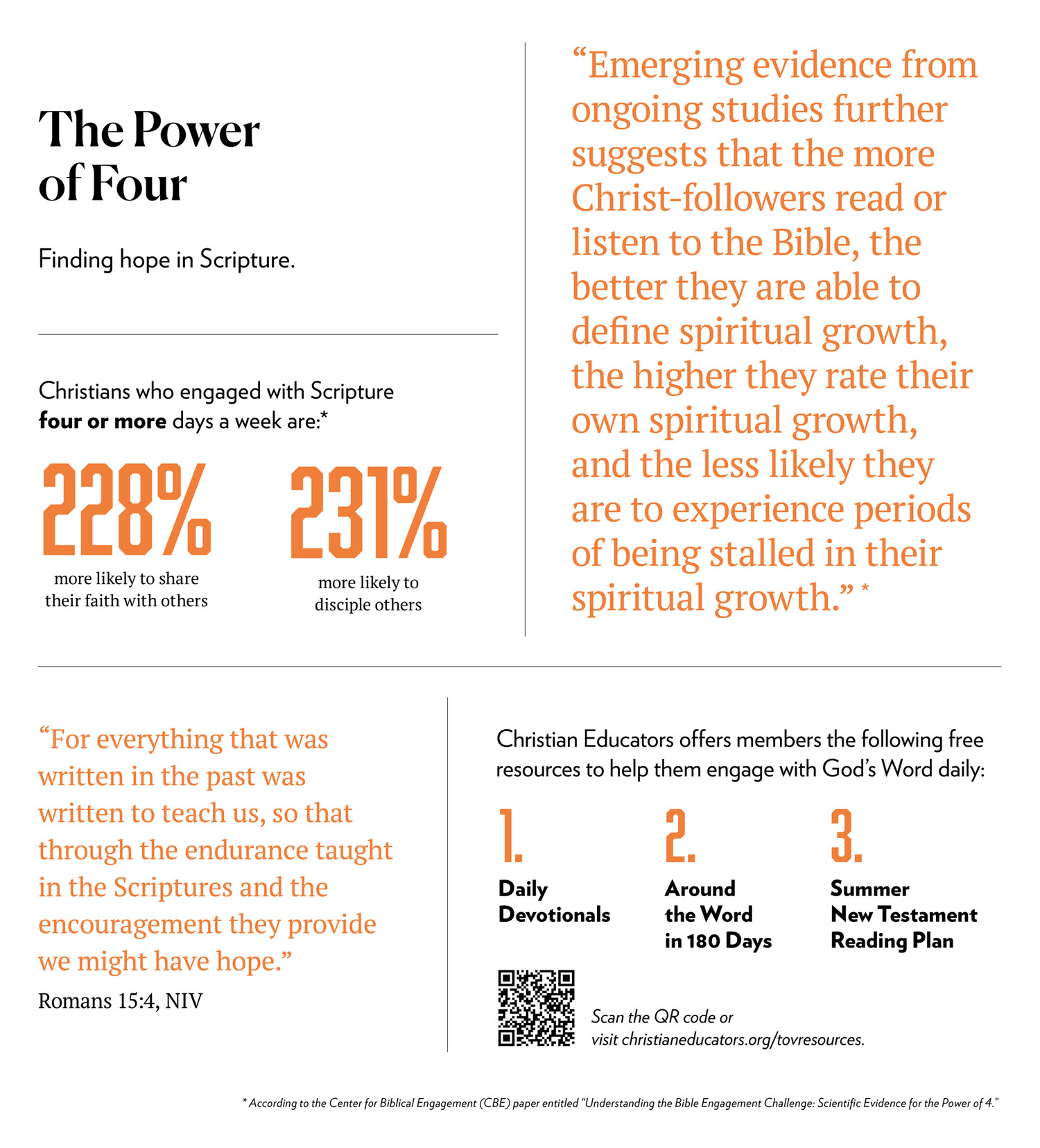Do you ever feel like your students are not engaging in your lessons? If so (and we all do at times), no need to worry. There is hope!
Over time, I have found that if I can get students physically moving, collaborating with their peers, and reflecting on the daily lessons, their overall engagement in my classroom increases. I know overcoming student disengagement can feel overwhelming, so I’m sharing just a few of my favorite quick and easy-to-implement strategies from the book Total Participation Techniques by Persida and William Himmele.
Movement: Inside/Outside Circles
Ask each student to find a partner. Forming two circles (one inside of the other), one partner sits or stands in the inner circle, facing the other partner who is sitting or standing in the outer circle. Stand in the middle of the inner circle and provide a prompt for the group. Instruct both partners to take turns sharing their responses to the prompt. After they discuss, one of the circles rotates to create new partnerships. Provide a follow-up prompt so the students can continue the discussion with their new partners.
Collaboration: Numbered Heads Together
Divide students into equal-sized groups. Then, give each student in each group a number. For example, groups of four students receive numbers 1–4. Next, provide each group with a different problem to solve, instructing each student to record the group’s work. When the time allotted for group work ends, choose one of the numbers in a fun way (roll a die, spin a wheel, etc.) and announce it. The student who was given the corresponding number reports the group’s findings to the class.
Reflection: 3-2-1 Reflection
At the end of a day’s lesson, ask students to write down 3 things they have learned, 2 interesting facts, and 1 question they have about the lesson. You can give the students a physical exit ticket with designated areas for each task, create a virtual reflection ticket on a digital platform like Google Forms, or simply ask students to write their reflections on a blank piece of paper. Regardless of the format, be sure to set aside adequate time for this strategy so students can effectively connect with the content.
Practicing engagement through activities like those listed above provides opportunities for every student to build confidence and feel like an important member of your classroom community. The more engagement in your classes, the stronger your students’ connection with the content and their classmates will become. The stronger their connections, the healthier your classroom culture will feel.
And, your students’ sense of belonging in your classroom community will grow.
Tyler Harms, a teacher consultant at All Belong Center for Inclusive Education, has taught special education in public school classrooms for over 12 years. He is a dedicated advocate for teachers, students, and their families.
